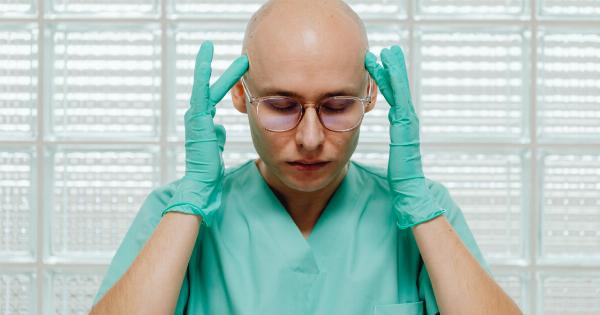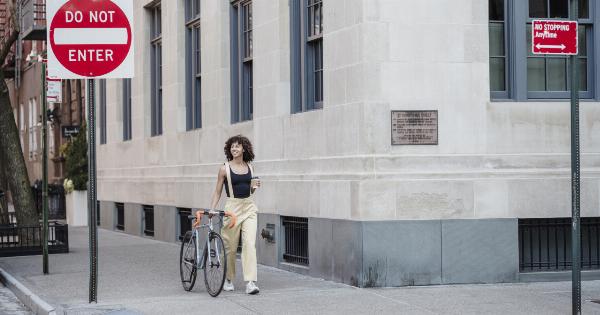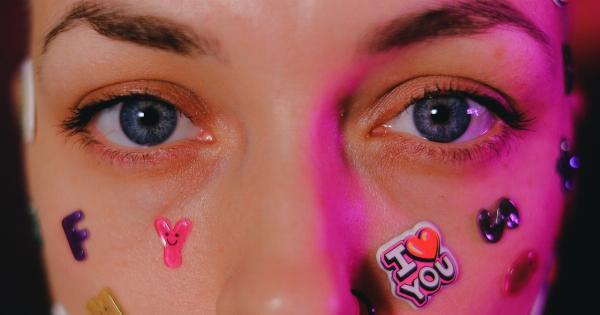Imagine smiling and laughing incessantly, even in situations that do not warrant such expressions. This sounds bizarre, like a scene out of a science fiction movie, but it is the reality for 15-year-old Gabby Gingras.
Gabby has a non-cancerous tumor located in the part of her brain that controls emotions, leading to uncontrollable laughter and emotions.
How it all started
Gabby was diagnosed with the tumor at the age of 10, and since then, her life has forever changed. Initially, her parents noticed that she was laughing more than usual, even at inappropriate moments.
They thought it was a phase that would correct itself, but the laughter persisted and became more frequent as weeks went by.
Soon, Gabby began experiencing intense emotions that were overwhelming. She cried for long periods, even after receiving good news, and could not control her emotional outbursts.
At times, she would laugh so hard that she could not speak, signaling a change in her normal behavior.
The Diagnosis
Gabby’s parents took her to numerous doctors trying to determine the cause of her behavior. They ruled out anxiety and depression, which they initially suspected, and recommended further tests.
Eventually, doctors traced the problem to a tumor located in Gabby’s brain. The tumor was located in the hypothalamus, an area that controls many parts of the body, including emotions and hormonal activities.
The tumor was pressing the hypothalamus, leading to irregular production and release of hormones, including endorphins that trigger laughter.
Doctors initially recommended surgery, but it would have been too risky and could affect Gabby’s emotional and cognitive abilities. Instead, Gabby’s family opted to try other forms of treatment, including medication and therapy.
The Road to Treatment
Initially, Gabby was given medication, but it only alleviated the laughter and crying for a short while. The medication also had side effects that made Gabby drowsy and unable to focus in school. Therefore, she stopped taking it and turned to therapy.
Therapy sessions included talking to psychologists and other patients with similar conditions. The sessions helped Gabby learn coping mechanisms, communication skills, and relaxation techniques, all vital for managing the symptoms.
She also found other patients’ stories empowering, as she realized that she was not alone in her predicament.
Living with the Condition
Gabby is now 15 years old and has learned to live with her condition. It has not been easy, but with the support of her family and friends, she is thriving.
Gabby’s mother, Meredith, chronicles her daughter’s life on social media, calling her daughter’s laughter “Gabby’s comedy hour.”.
According to Meredith, Gabby’s laughter and crying episodes still happen, but Gabby has learned to control them better. She knows when she is about to experience an episode, and she excuses herself to allow it to pass.
Gabby’s family has also implemented strategies to avoid situations that could trigger a laughing or crying outburst.
What the Future Holds
Gabby’s family remains optimistic and hopeful that one-day doctors will find a cure for her condition. She still goes for regular check-ups to monitor the tumor’s growth, and her endocrinologist, Dr.
Merlin Butler, is monitoring her progress closely. The hypothalamus controls critical functions in the body, which means Gabby’s condition requires close monitoring.
Until a cure is found, Gabby remains an inspiration to many who are going through similar conditions. While doctors may not understand much about her condition, Gabby has not let it dim her light.
She remains positive, funny, and optimistic about life, even on the gloomiest of days.
Conclusion
Gabby’s story is a reminder of the resilience of the human spirit. She has a condition that she cannot control, but she remains optimistic and hopeful.
Her parents and doctors have shown that with patience, understanding, and support, progress can be made, even in the most challenging situations. Gabby’s smile is contagious, and her laughter is infectious. She is a symbol of hope and strength, reminding us that a few laughs can make the world a better place.
























